We spend hours staring at screens, whether it’s on our computers or mobile phones. This constant screen time can strain our eyes, leading to discomfort and potential long-term issues. However, there’s a simple solution to alleviate eye strain – adjusting your screen settings. In this blog post, we’ll guide you through the process of how to adjust screen settings to ease your eyes for both computers and mobile phones.
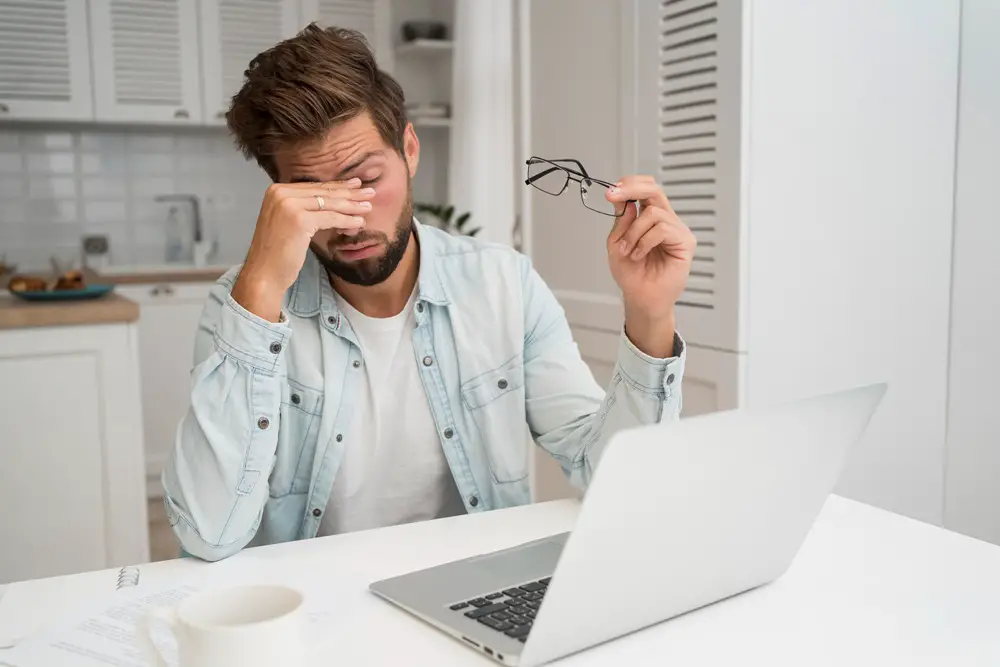
Adjusting Screen Settings in Windows
If you’re using a Windows 10 or 11-based computer, here’s how you can optimize your screen settings for a more eye-friendly experience:
1. Brightness Adjustment
- Right-click on the desktop and select “Display settings.”
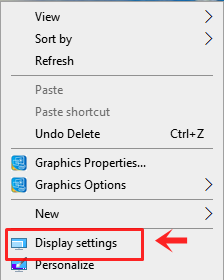
- Under “Brightness and color,” adjust the brightness slider to your desired level. A slightly lower brightness is often more comfortable for extended use.
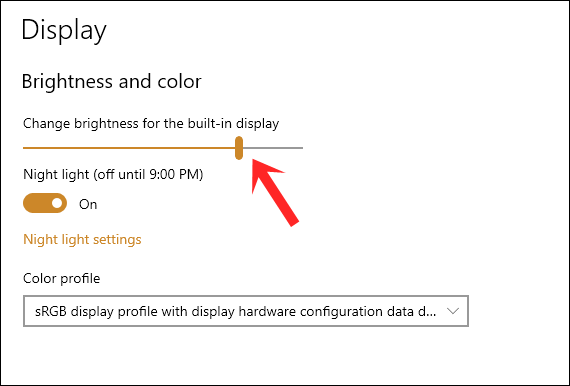
2. Color Calibration
Windows has a built-in color calibration tool and here’s how to use it:
- Type “Calibrate display color” in the Windows search bar.
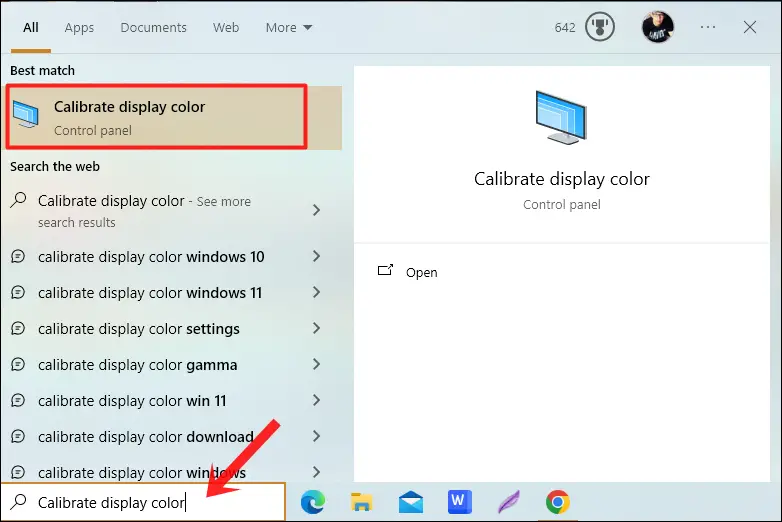
- Follow the on-screen instructions to ensure accurate colors and better eye comfort.
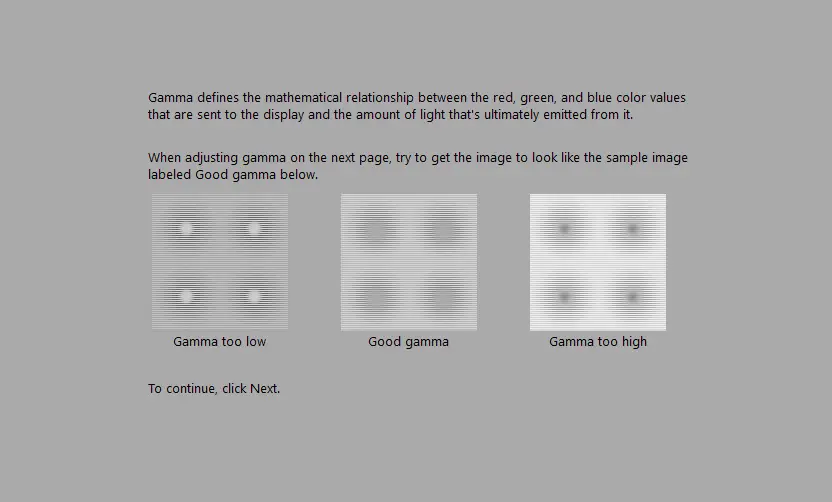
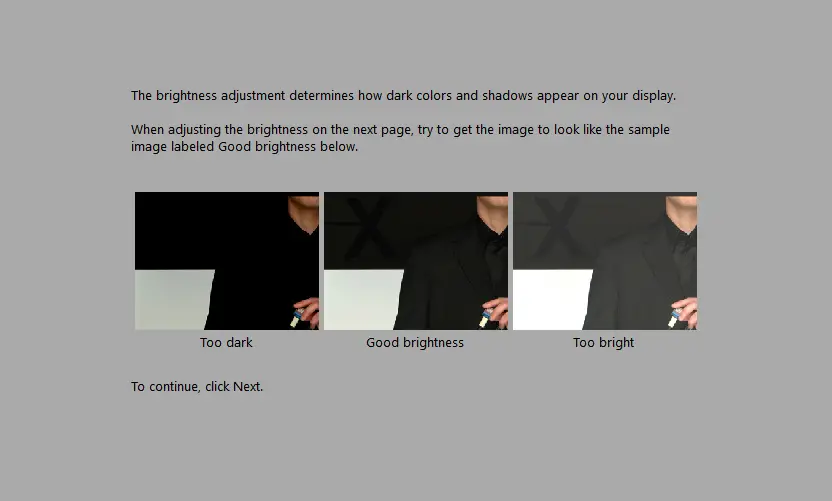
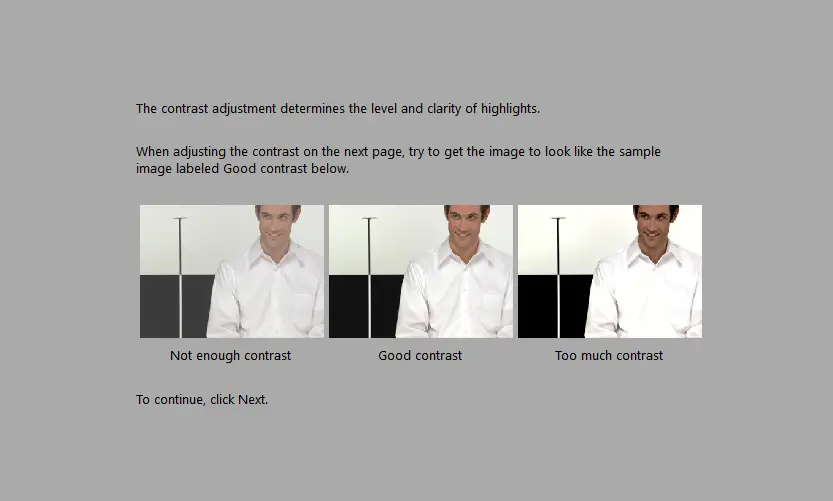
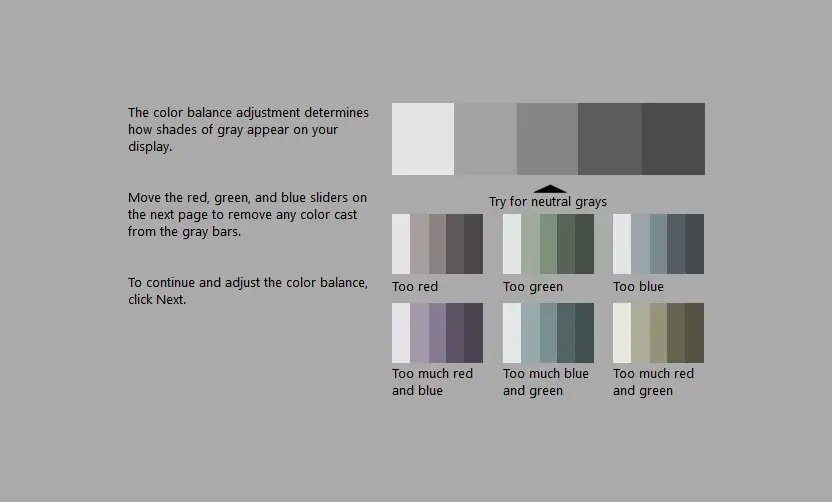
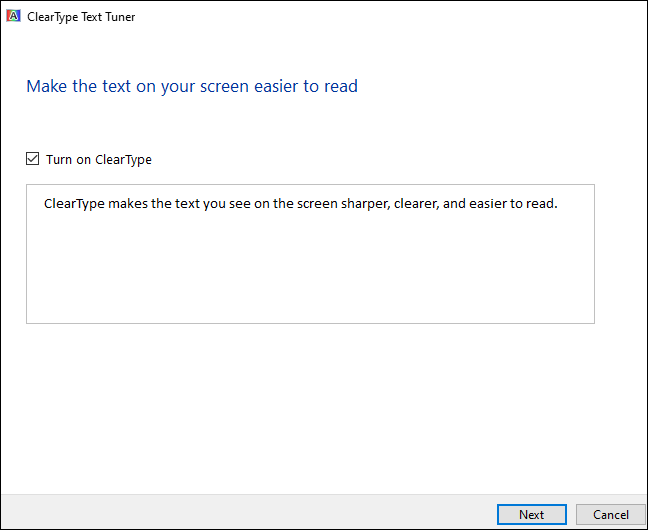
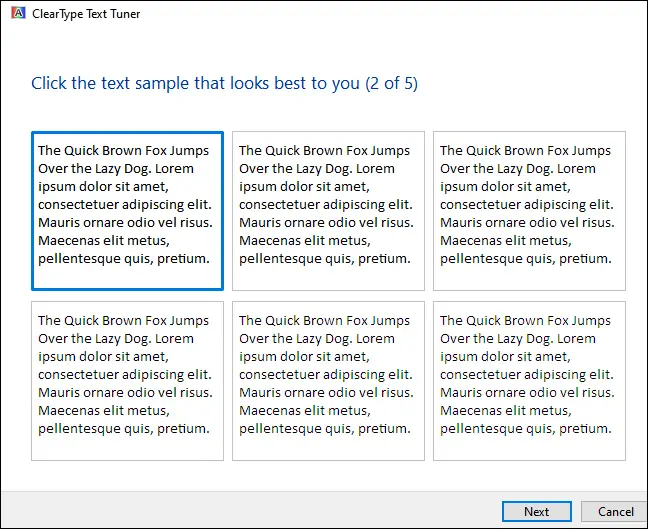
3. Night Light Mode
Windows 10 and later versions include a built-in “Night Light” mode, which reduces blue light emissions during evening hours. To enable it:
- Right-click on the desktop and select “Display settings.”

- Under “Night light settings,” you can schedule it to turn on automatically during the evening or adjust the color temperature manually.
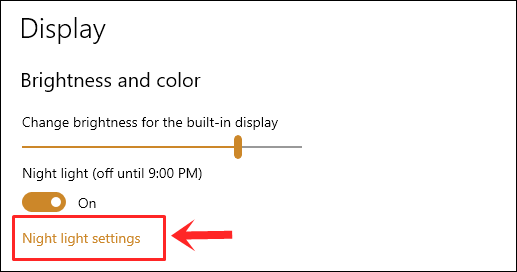
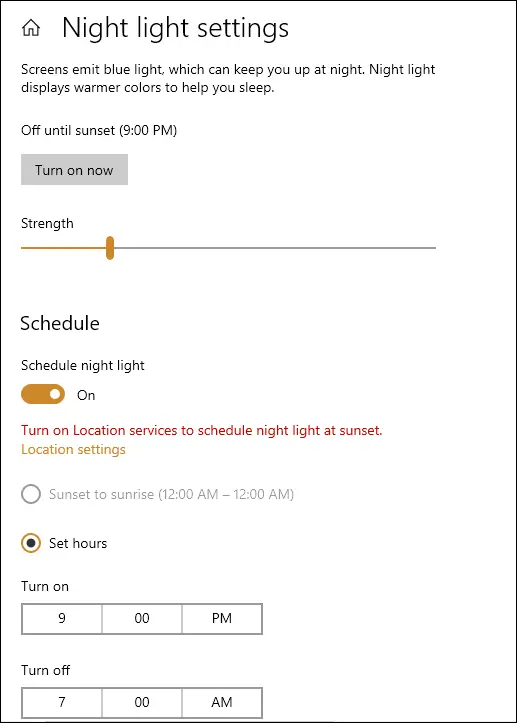
4. Text Size and Font
Text Size Adjustment:
- Type “Text size” in the Windows search bar.
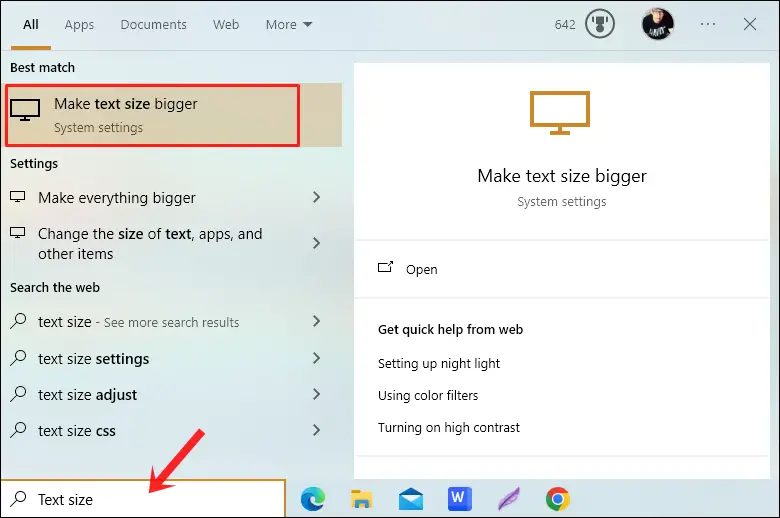
- Increasing text size makes content more legible and easier on the eyes.
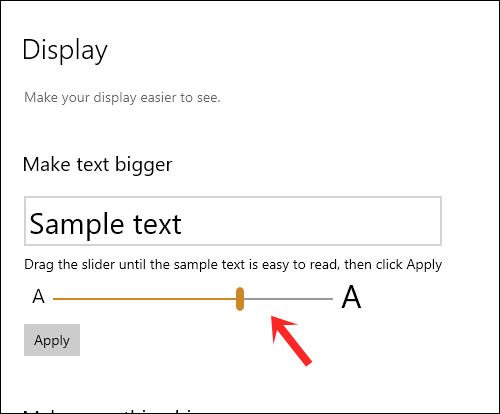
Font Settings:
- Type “Font settings” in the Windows search bar.
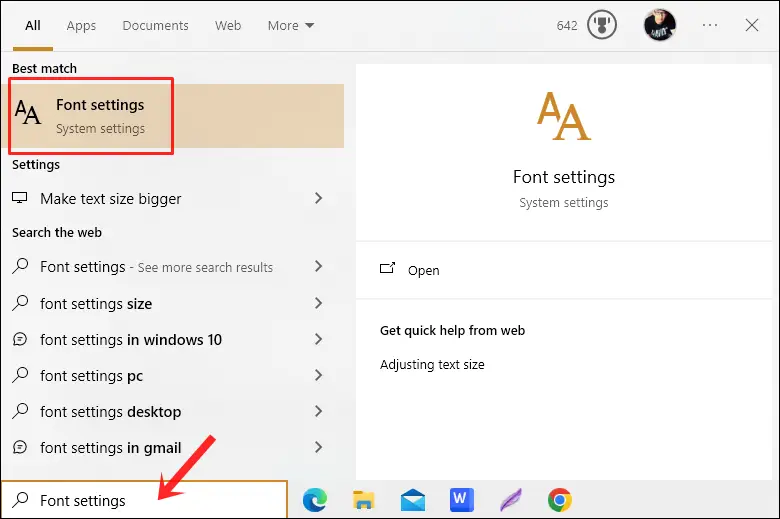
- Choose a font that is easy to read, especially during long sessions.
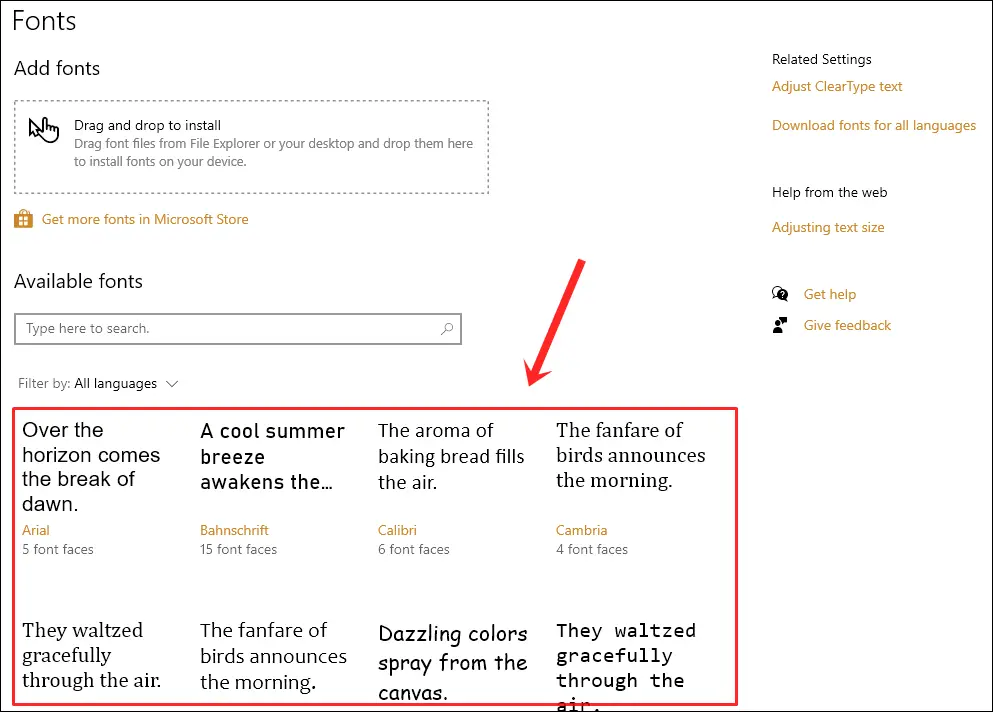
5. Screen Resolution
Ensure that your screen resolution is set to the recommended or native resolution for your display. This ensures the best clarity and minimizes strain on your eyes.
- Right-click on the desktop and select “Display settings.”

- Under “Display resolution” or a similar option, choose the recommended or native resolution for your monitor.
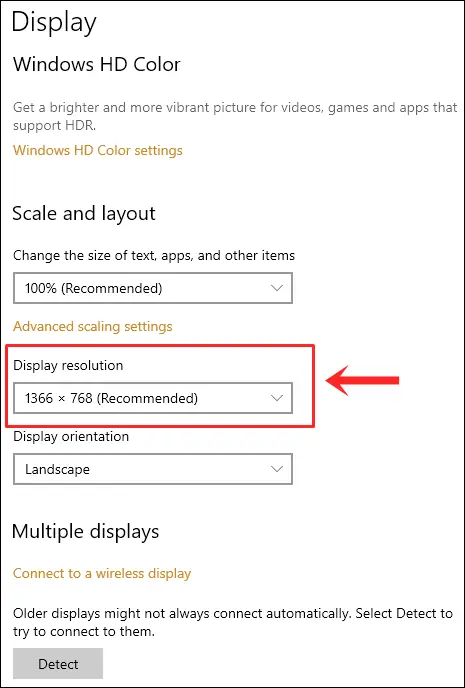
Pro tip: You can enhance your viewing experience by making your computer screen full screen. Learn simple methods for achieving full-screen mode on Windows, Mac, Chromebook, and Linux.
Adjusting Android Screen Settings
If you’re using an Android device, follow these simple steps to make your screen easier on your eyes:
1. Lower Your Screen Brightness
- Start by making your screen less bright.
- Pull down from the top of your screen to find the brightness slider, then slide it to a comfortable level.
- A dimmer screen is gentler on your eyes and can save battery too.
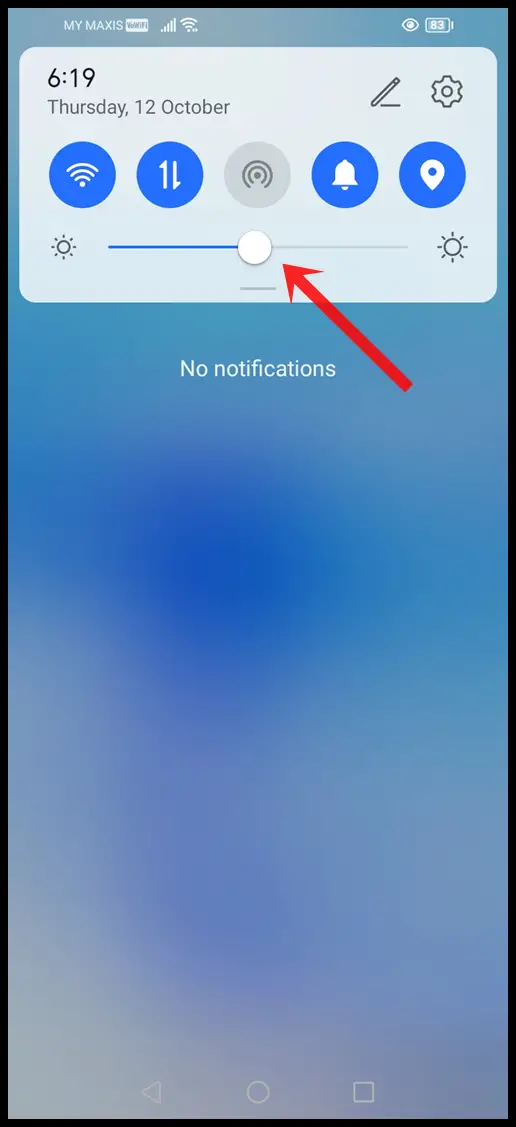
2. Turn On the Blue Light Filter (Night Light)
Android phones have a blue light filter, often called “Eye Comfort.”
To use it, go to your phone’s settings:
- Tap the Gear Icon to go to your phone’s settings.
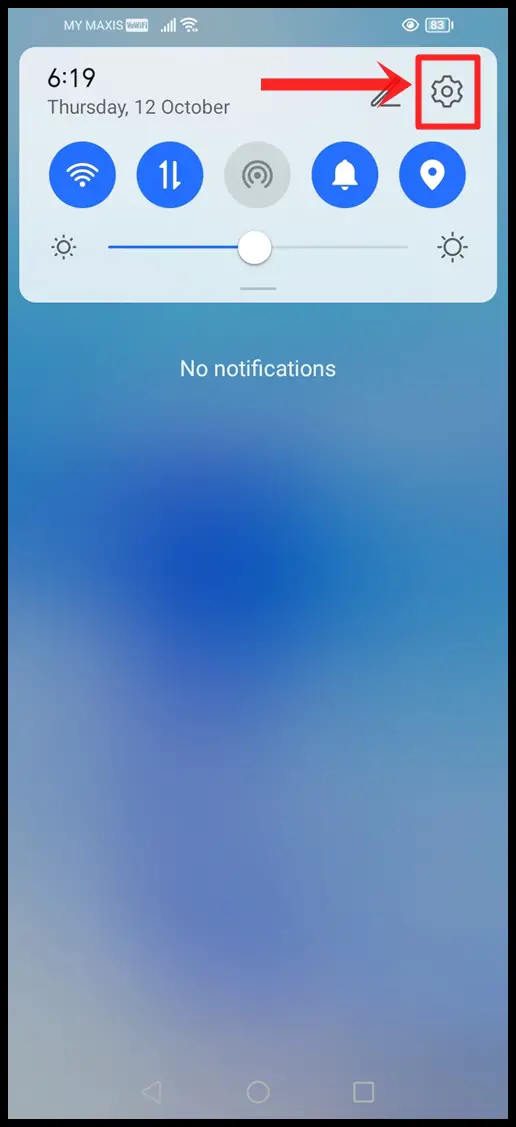
- Look for anything with “Display” or “Screen” and tap on it.
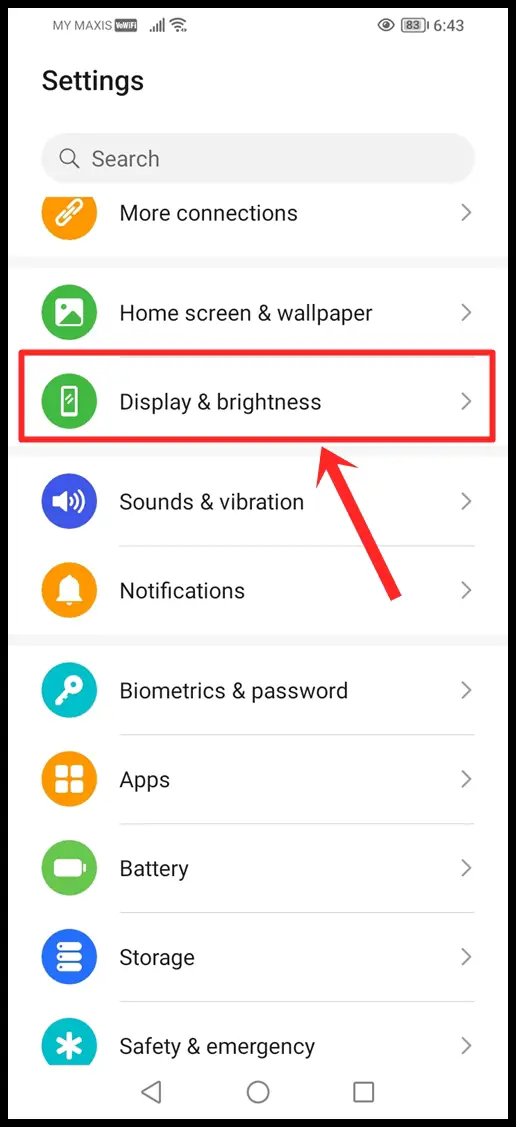
- Find “Eye Comfort”, or “Blue light filter”, or “Eye Comfort Shield” (Depending on phone models) and switch it on.
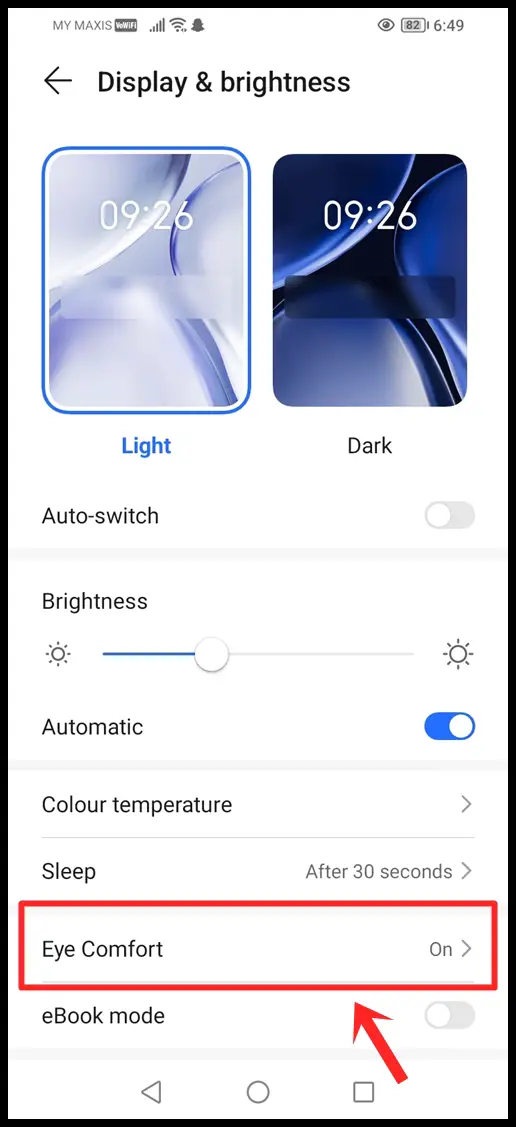
- You can set it to turn on automatically in the evenings, which is especially kind to your eyes when it’s dark, or enabled it all day. Move the ‘Filter level’ slider to your preferred level.
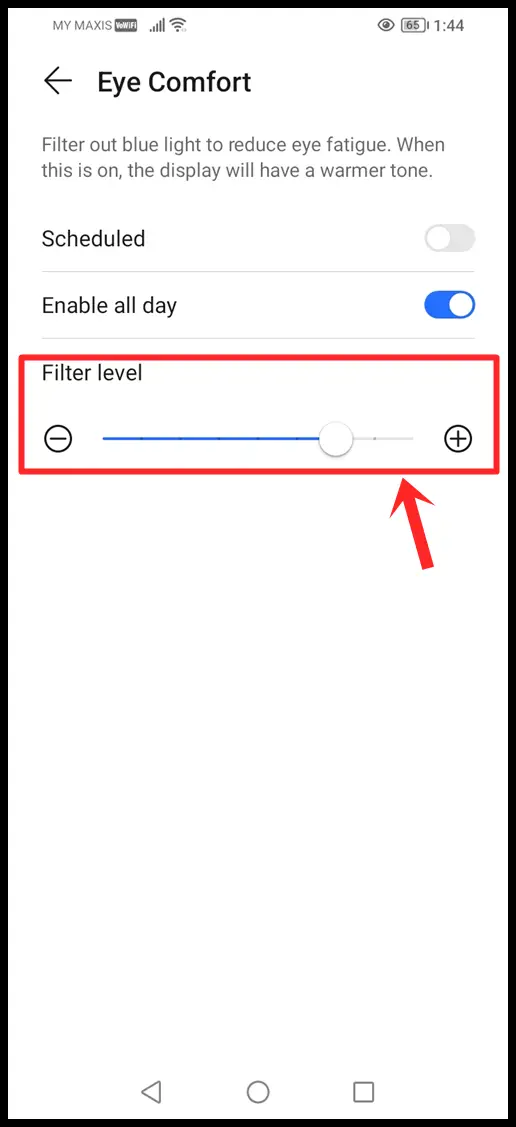
Pro Tip: Discover how to enable dark mode on Instagram and dark mode on Notion for a more comfortable viewing experience on these platforms.
3. Adjust the Text Size
Reading tiny text can make your eyes tired. Android lets you change text size to make things easier to read:
- Open the “Settings” by tapping the Gear Icon.

- Find “Display” and tap on it.

- Select “Text & display size”.
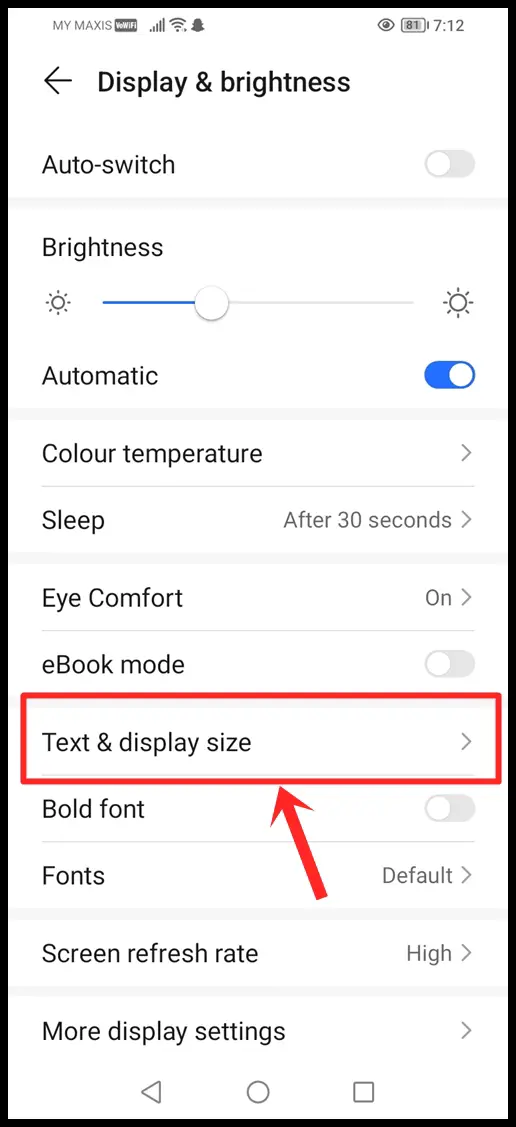
- Make it bigger or smaller, whichever you find more comfortable.
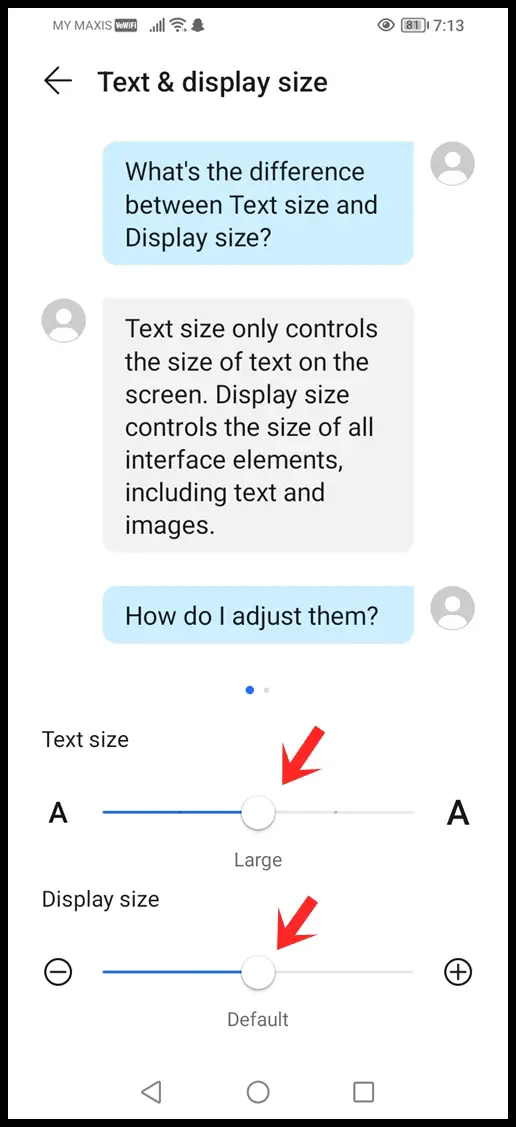
4. Pick an Easy-to-Read Font
Choose a font that’s simple and clear. Android offers different fonts to suit your taste:
- Open “Settings” by tapping the Gear Icon.

- Look for “Display” and tap on it.

- Find “Font style” or “Font” (Vary on different phone models) and tap on it.
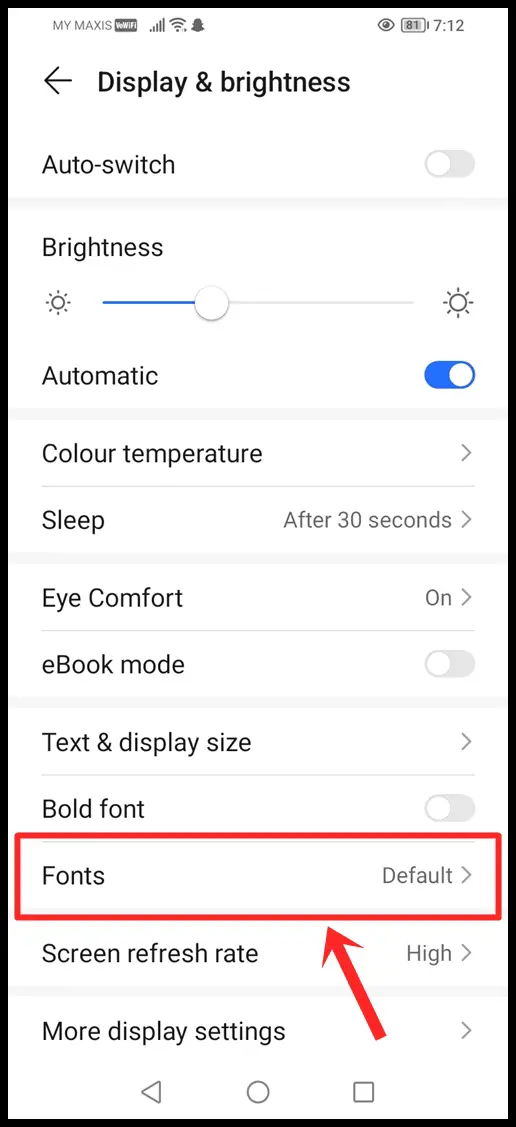
- Choose one that makes text easy to read. You can also download more font styles to choose from.
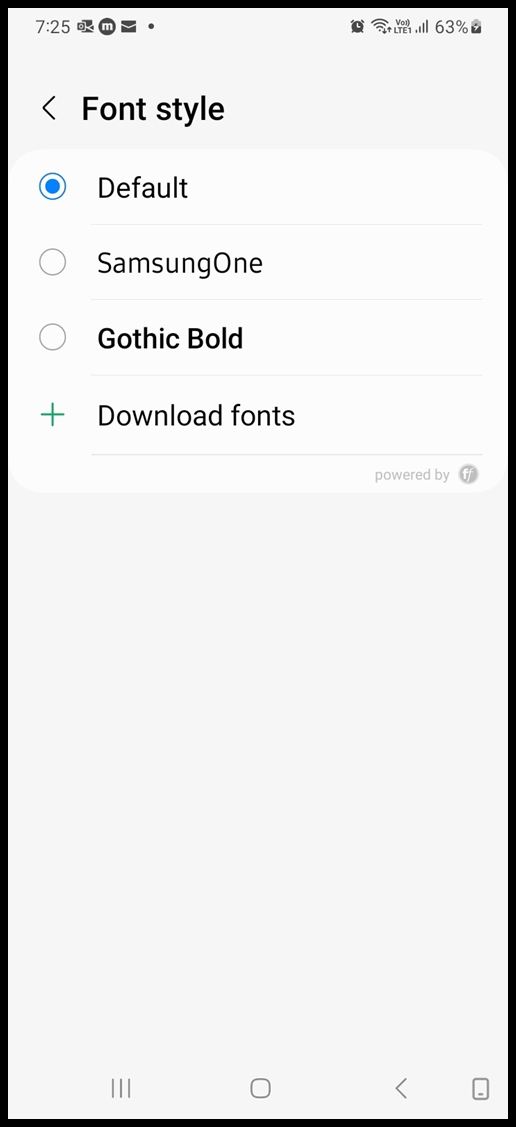
Pro Tip: If you are a Samsung Galaxy user, try the Magnifier and Magnification features to enhance your viewing experience.
Adjusting iPhone Screen Settings
For iPhone users, it’s easy to make your screen kinder to your eyes. Here’s how:
1. Lower Your Screen Brightness
To start, make your screen less bright:
- Swipe down from the top right of your screen to open the Control Center.
- Slide the brightness bar to a level that’s comfy for your eyes.
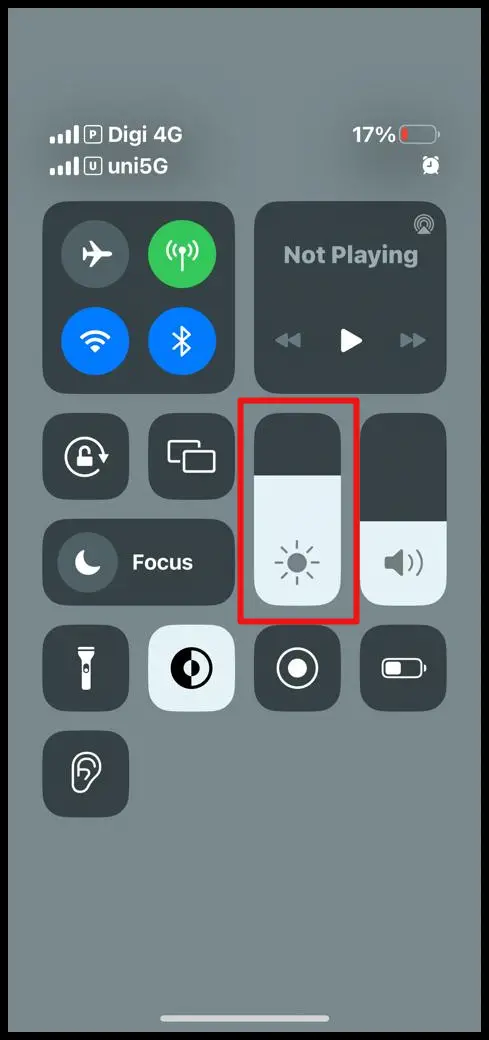
2. Use “True Tone” for Cozy Colors
iPhones come with a neat feature called “True Tone.” It helps your screen’s colors feel just right.
To use it:
- Open the “Settings” app.
- Go to “Display & Brightness.”

- Turn on “True Tone.” It’ll adjust the screen’s colors automatically, so they’re easier on your eyes.
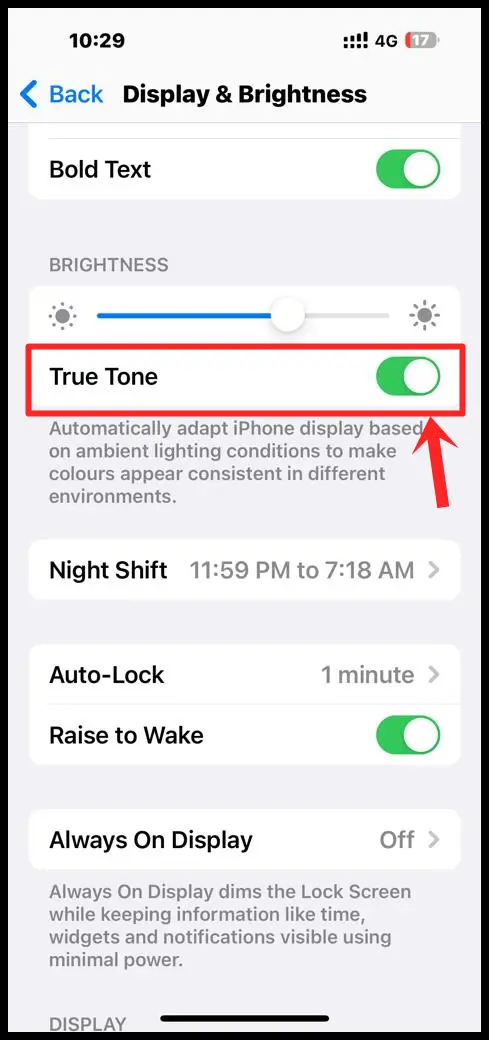
3. Change Text Size
If the text looks too small, don’t strain your eyes. You can make it bigger:
- Open the “Settings” app.
- Tap “Display & Brightness.”

- Select “Text Size.”
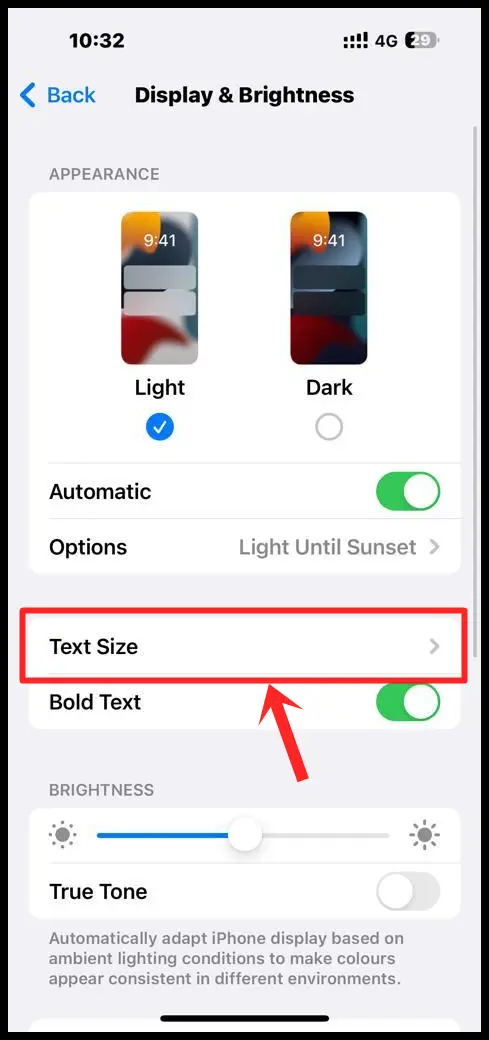
- Slide the text size bar to set it to a size that’s comfortable to read.
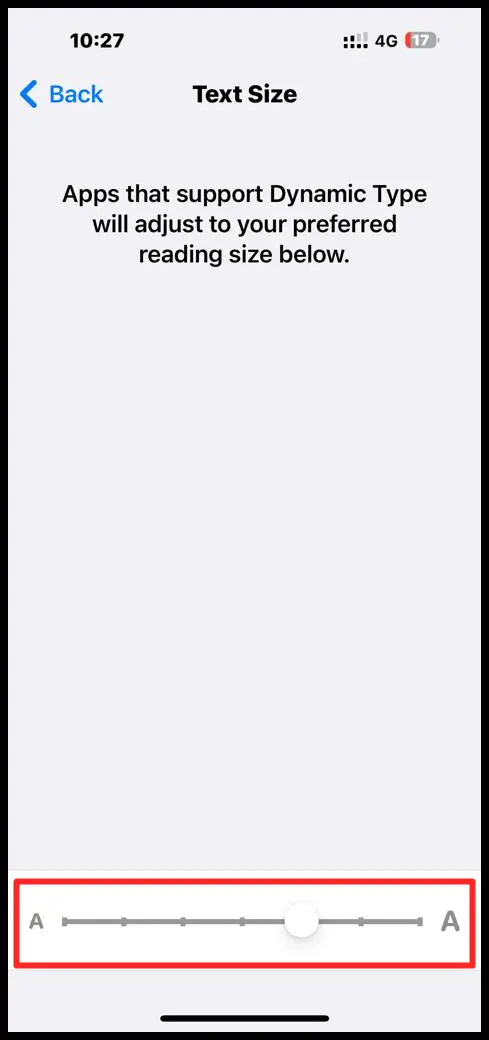
4. Pick a Font That’s Easy to Read
iPhones give you choices for fonts. Pick one that’s simple and easy to read:
- Open the “Settings” app.
- Go to “General.”
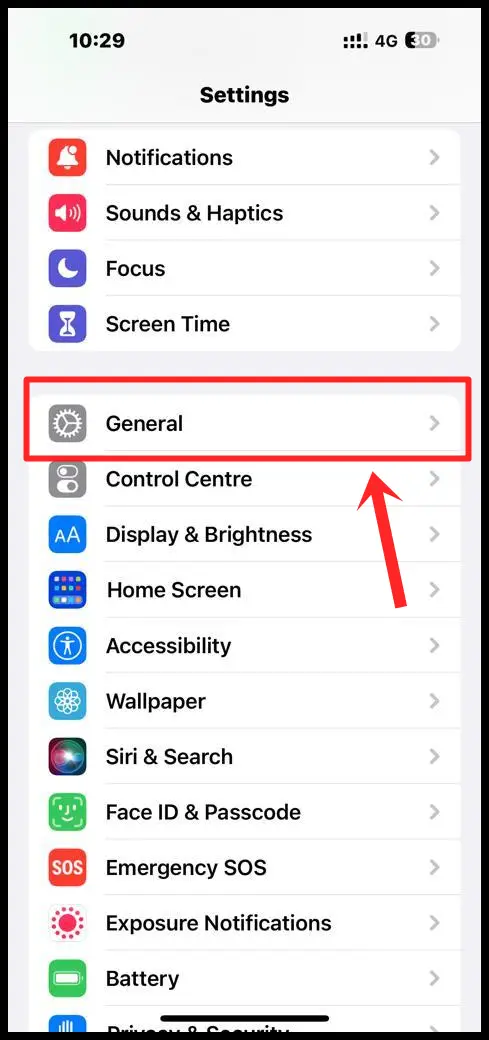
- Tap “Fonts,” and pick a font style that you like and find clear.
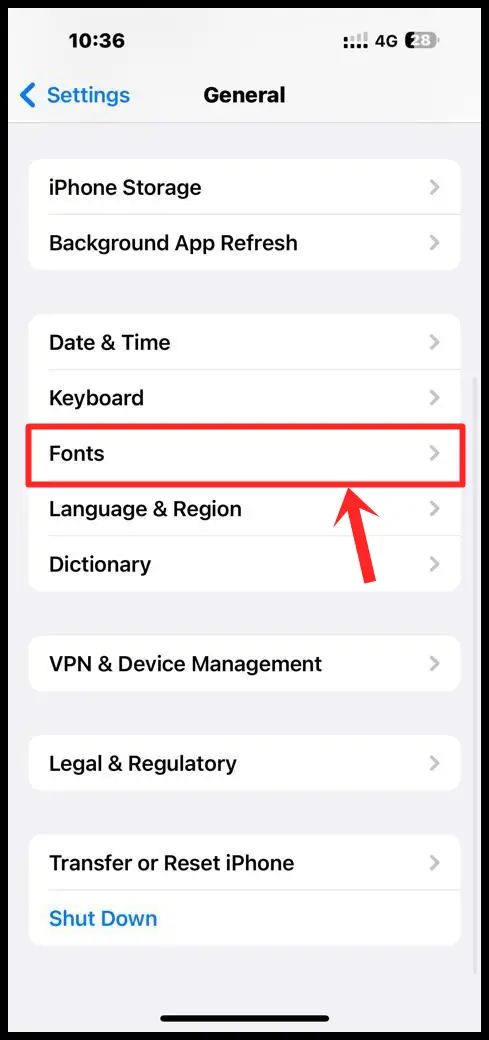
- Additionally, you can type ‘Fonts’ in the search bar to access and install more font options.
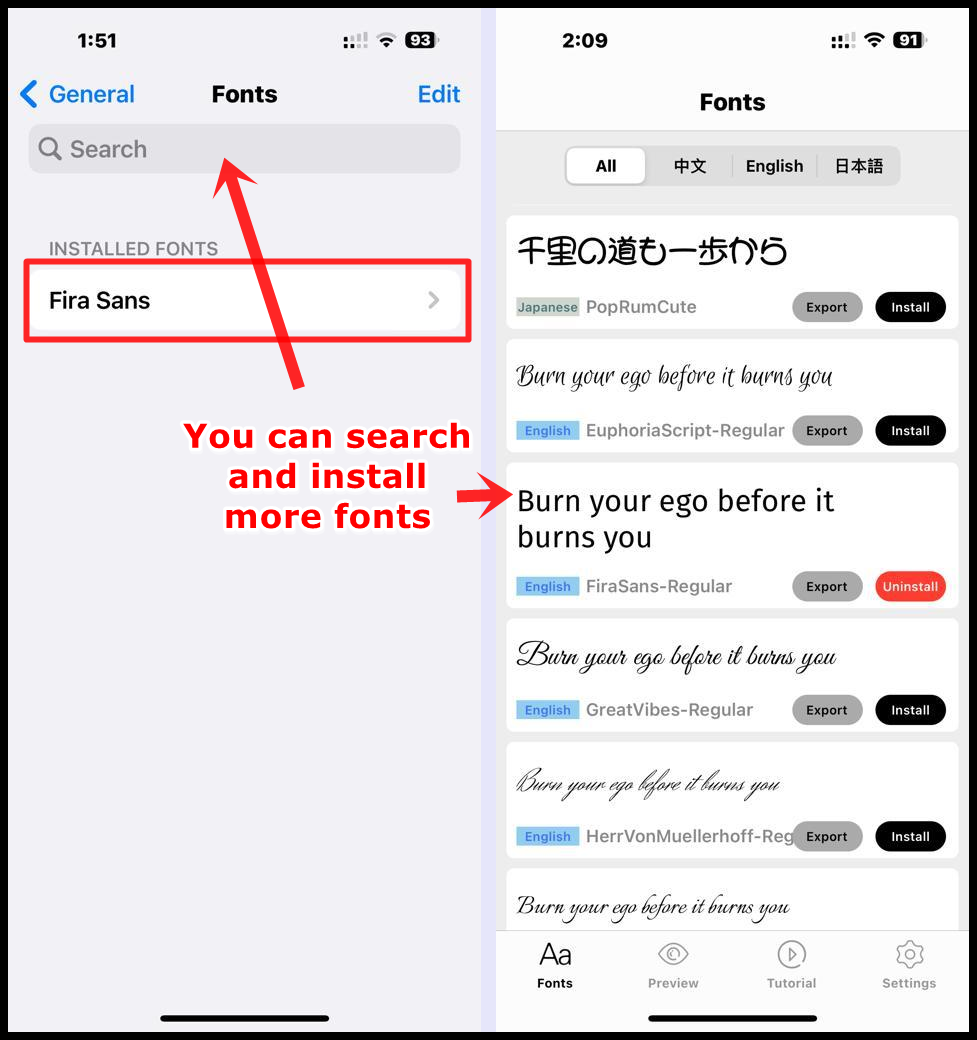
5. Select a View for Your iPhone
To increase content size:
- Open the “Settings” app.
- Go to “Display & Brightness.”

- Scroll down and choose “Display Zoom.”
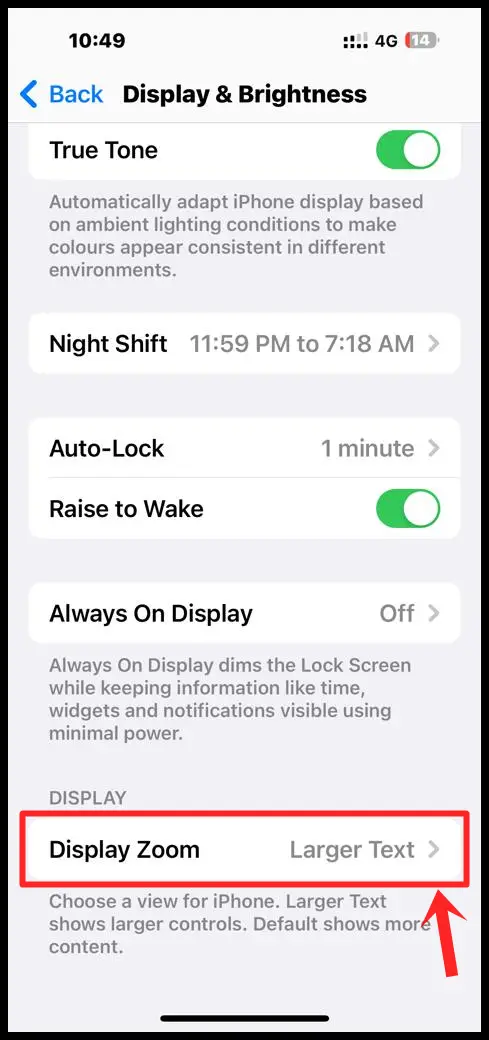
- Opt for “Larger Text” to enlarge icons and text on your iPhone.
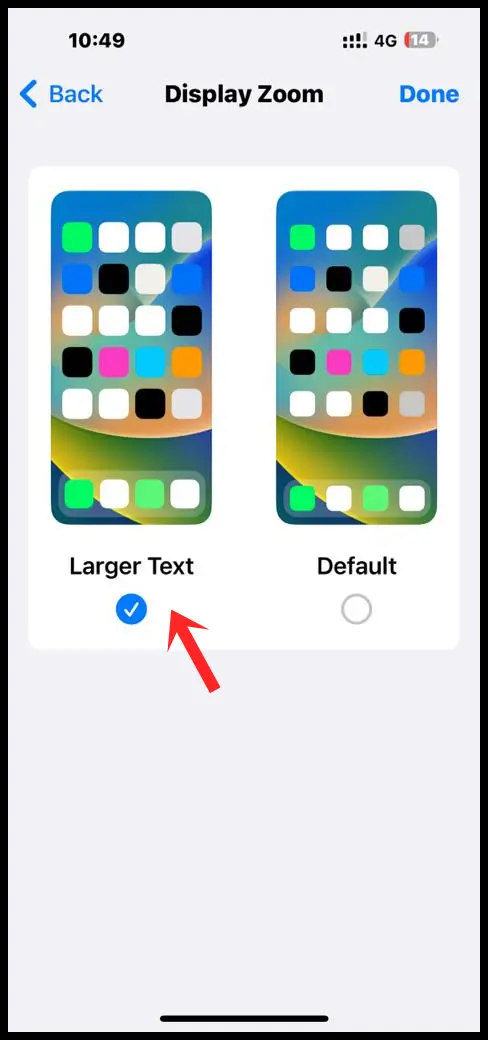
Pro Tip: Improve eye comfort by setting your phone screen to black and white for a gentler visual experience.
Additional Tips for Eye Comfort
Aside from adjusting screen settings, here are some extra tips to ease eye strain:
- Take regular breaks to rest your eyes.
- Blink frequently to keep your eyes moist.
- Use anti-reflective or HD Vivid Clarity screen protectors [Amazon Affiliate Link].
- Ensure proper lighting in your workspace.
- Keep screens at eye level to avoid straining your neck.
Read also: 10 Must-Have Healthy Computing Habits for All Computer Users
Final Thoughts
Taking care of your eyes in the digital era is crucial. By adjusting your screen settings, you can significantly reduce eye strain and discomfort. Whether you’re using a desktop computer, laptop, Android phone, or iPhone, these simple adjustments will go a long way in protecting your eye health.
So, don’t wait – make these adjustments now and protect your precious peepers!
